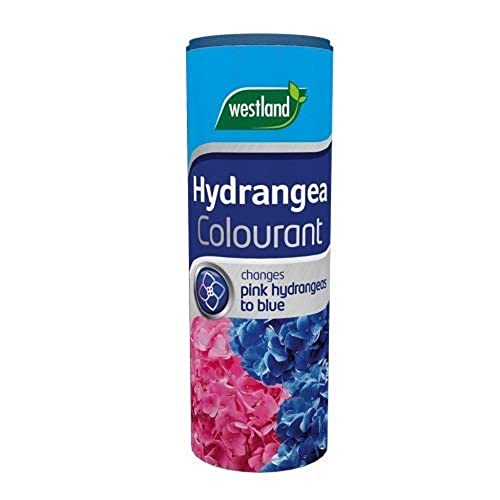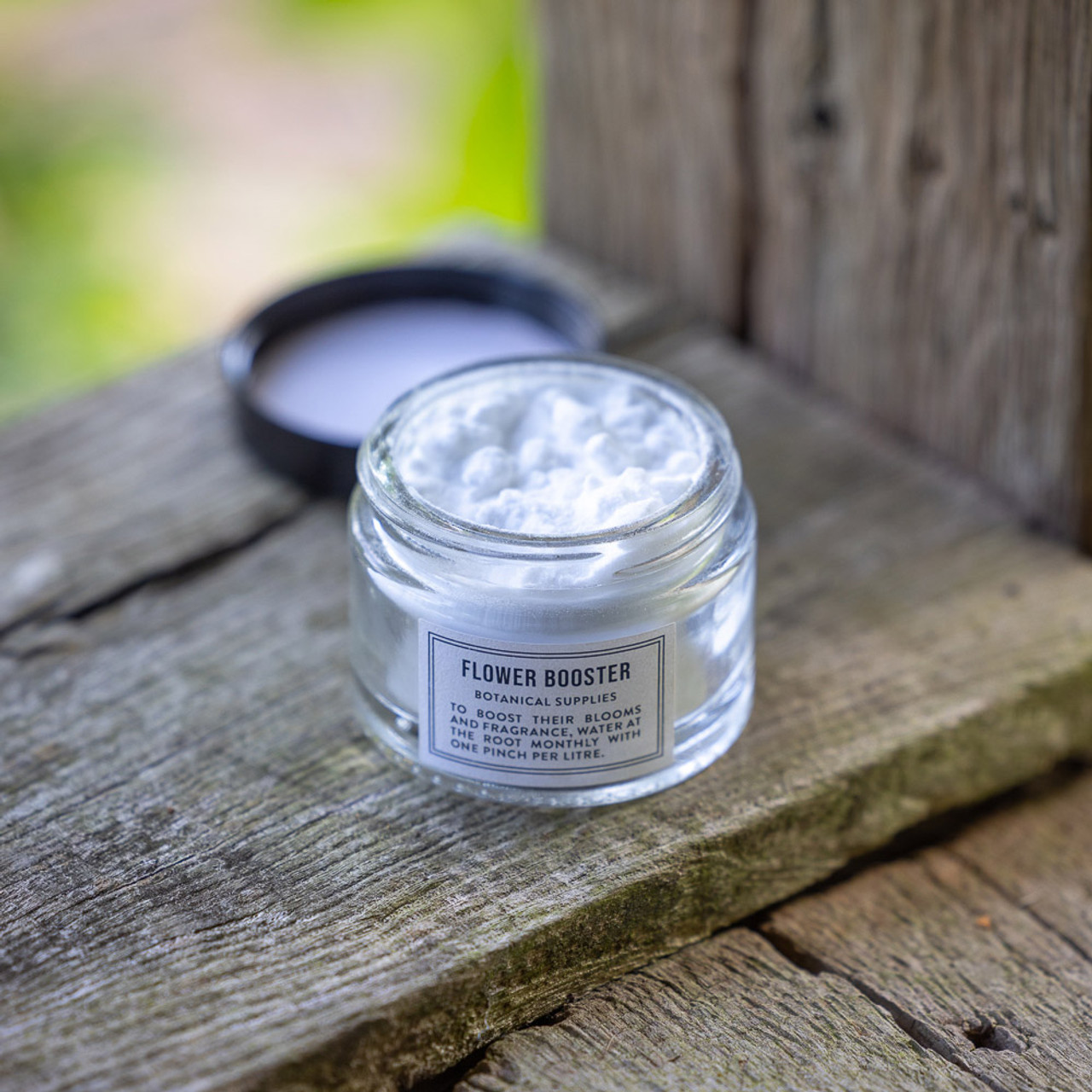5 kitchen scraps to add to plants for brighter blooms according to florists - from coffee to pickle juice
Your food waste is your gardens best friend
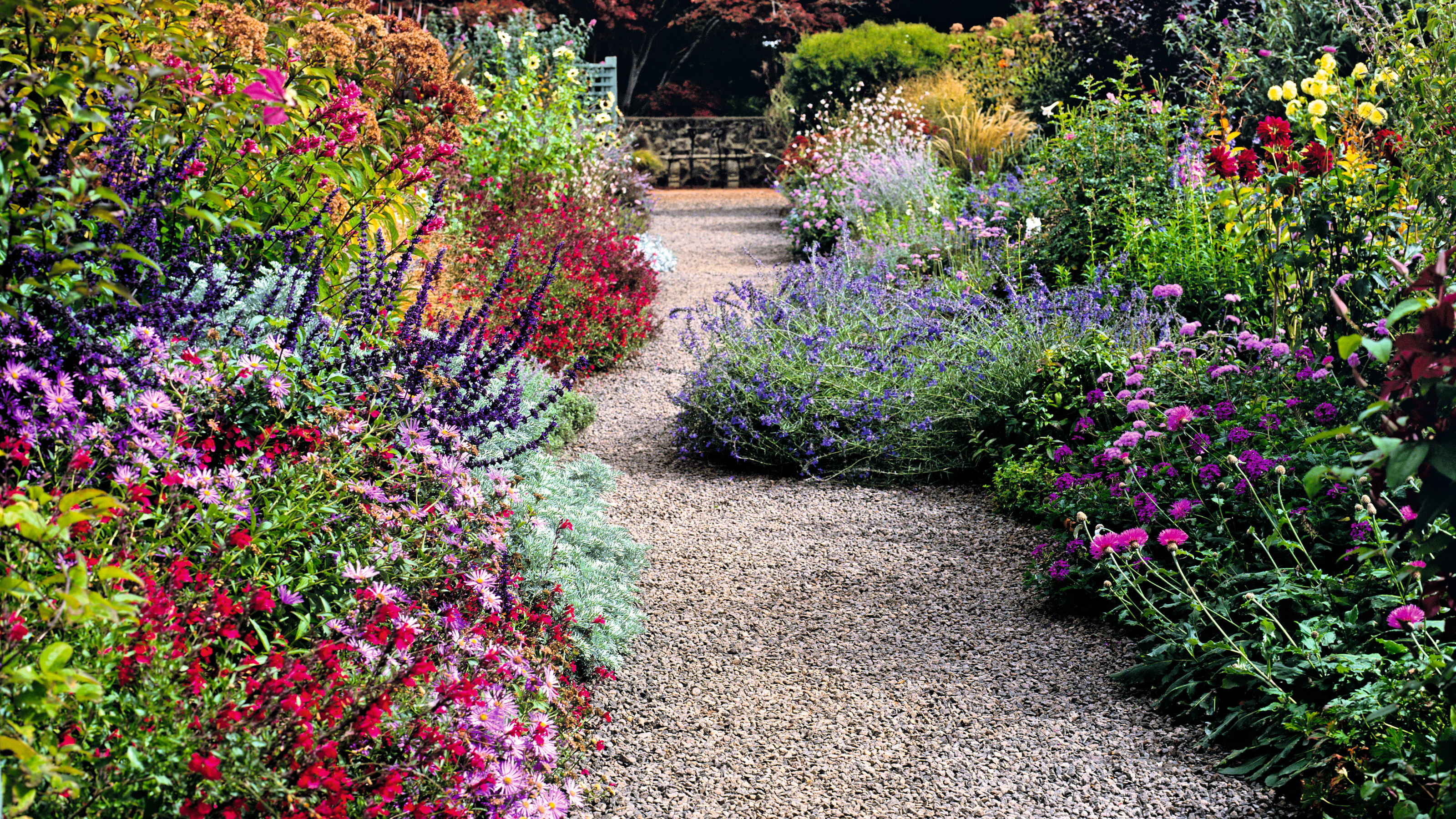

Do you want your flowering plants to produce beautiful, vibrant blooms? Of course you do, and garden experts say the key to brighter and healthy blooms could be sitting in your kitchen waste bin.
As spring hits, most of us will be wondering what to add to plants for brighter flowers, and thankfully, the answer is cheap, easily accessible and waiting in your bin. This isn't just about how to make your own compost, but the individual food scraps you can use to help your plants thrive.
If you’ve taken the time to nurture the best flowering plants, then you’ll most definitely want to reap the benefits in the form of pretty flowers. Giving your plants the right care is, of course, key, but there are a few extra measures you can take to ensure the brightest of blooms.

These five food scraps are the ones to rescue from the bin and start adding to your flowering plants.
1. Coffee Grounds
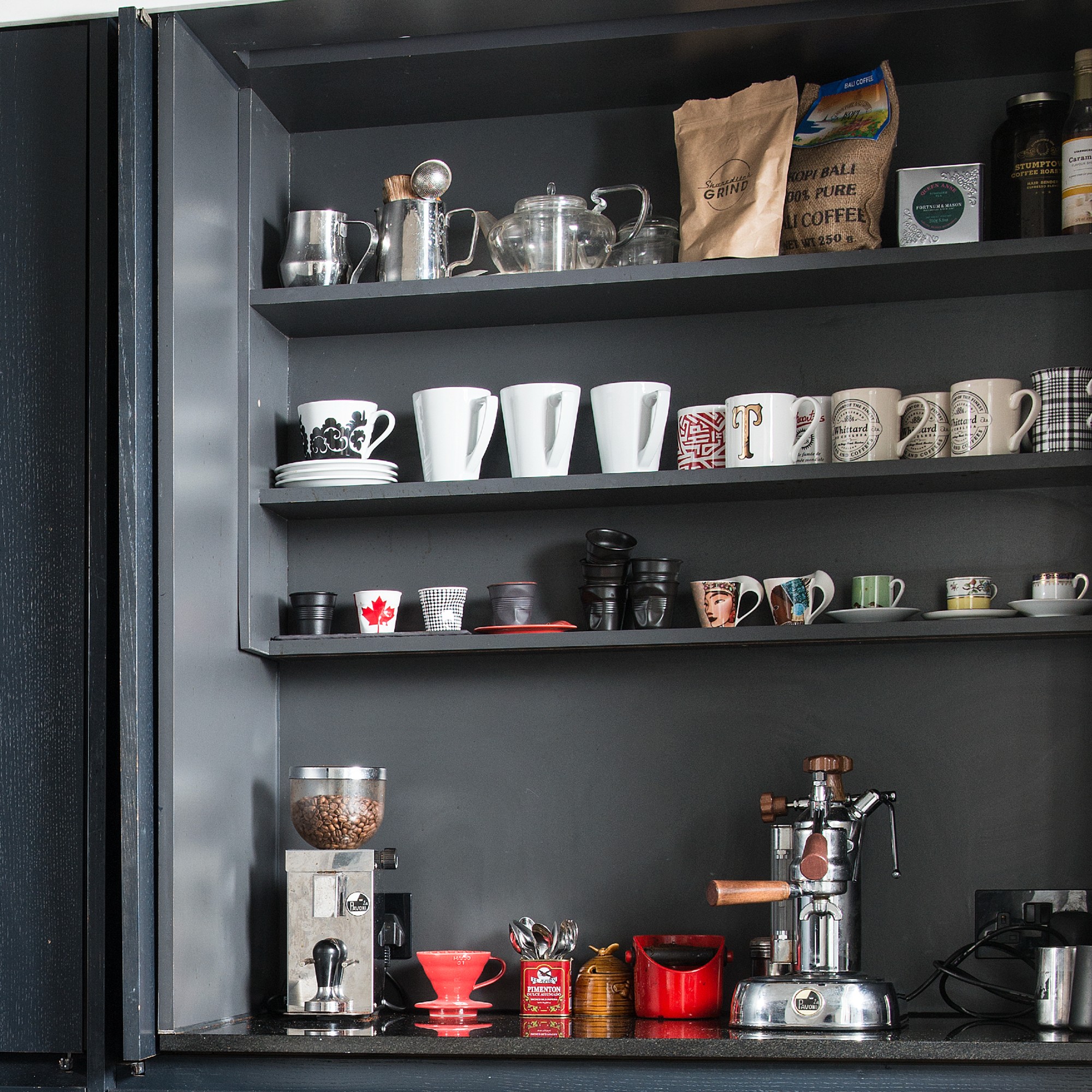
Save the coffee from your coffee machine and add it to the soil of your hydrangeas, camellias, azaleas and rhododendrons.
‘Coffee grounds are a hit with acid-loving plants. They also help deter pests like slugs, thanks to their sharp texture,’ says LeAnne Samuelson, gardening expert at Prestige Botanicals.
‘Not only do they (coffee grounds) provide nitrogen and tannic acids, but coffee grounds also make soil slightly more acidic, which many plants, such as hydrangeas, blueberries, and camellias, love.’
Using coffee grounds in the garden is a great idea as coffee acts as a natural fertiliser. They are packed with nutrients, which result in beautiful blooms for acidic-loving plants.
2. Water from boiled veg
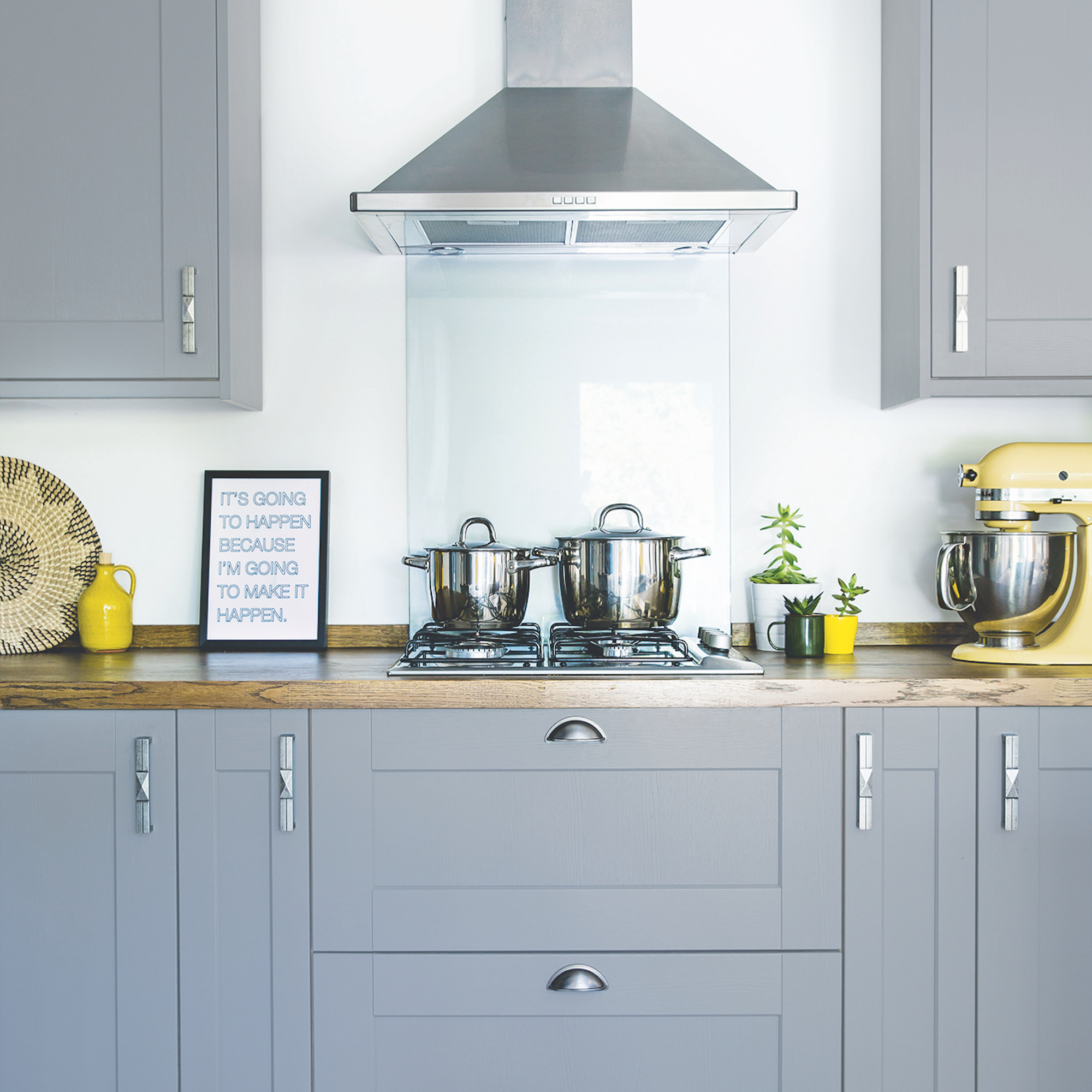
Next time you boil veg for your Sunday roast or mid-week dinners, don’t pour the left-over water down the drain - instead feed it to your flowering plants.
‘I recommend watering your garden with the leftover water from boiling vegetables like spinach, carrots, or potatoes. It includes potassium, calcium and iron—really important nutrients that give your plants a big health improvement,’ comments Kasey Shi, Owner of Queen Anne Flowers.
Potassium, calcium and iron all contribute to the plant's structure, strength and is essential for photosynthesis, resulting in healthier plant growth and brighter petals.
3. Eggshells
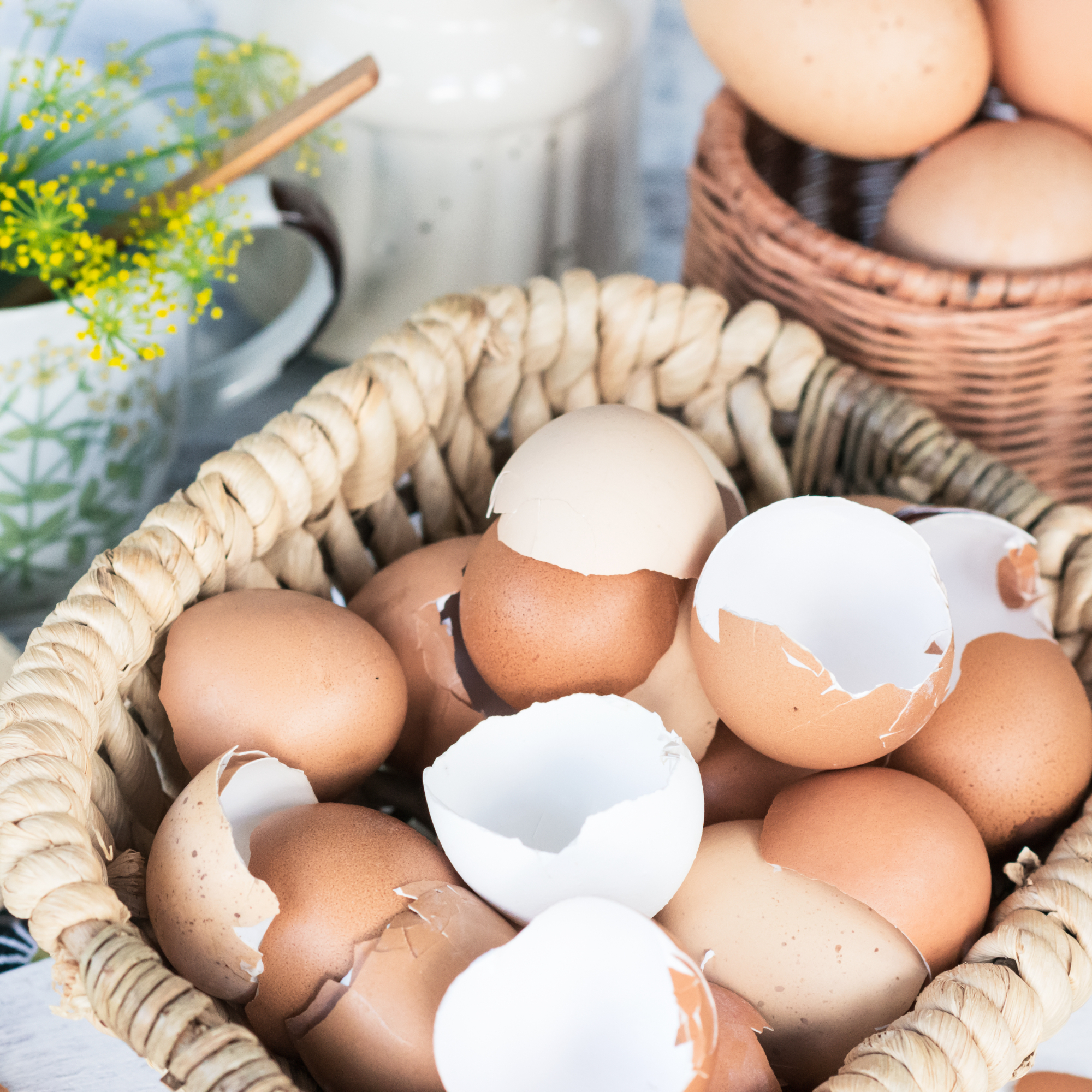
Eggshells are a natural source of calcium, which supports a plant's cellular structure, keeping it healthy. While not a specific colour-enhancer, calcium will keep your plants strong, giving them a better chance of blossoming. This is particularly beneficial for growing tomatoes, which need calcium to prevent blossom end rot.
‘Tomatoes thrive on calcium, and it helps keep the dreaded blossom end rot at bay. And as a bonus, slugs and snails won’t come near your crops because they can’t stand the texture of the crushed shells,’ says LeAnne.
4. Chopped citrus peel
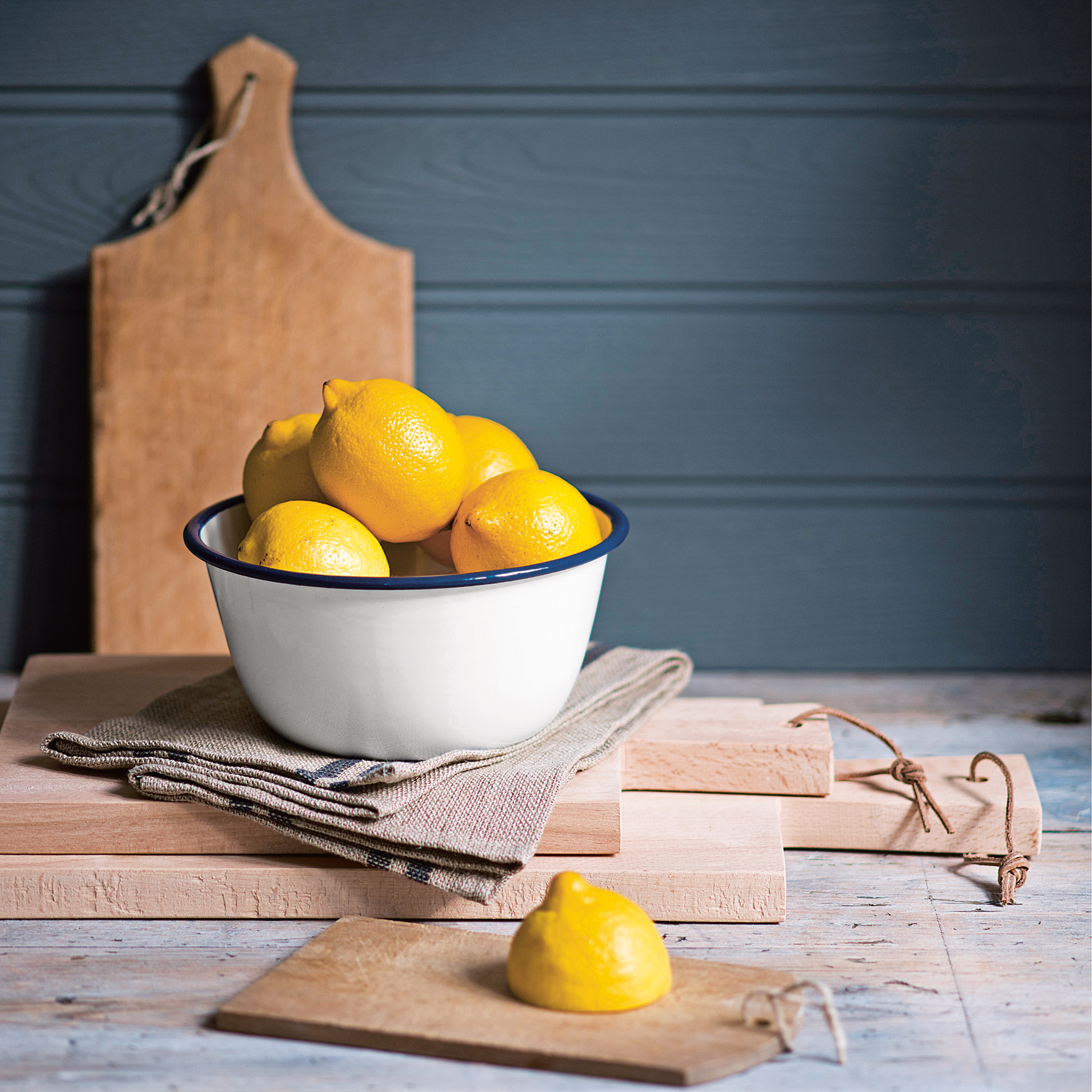
‘Throwing chopped citrus peels into your soil is another trick. They gradually release nitrogen and phosphorus, improving soil drainage, brightening your flowers, and even help to keep pests at a distance naturally,’ says Kasey.
To prevent mould growth, you should let your citrus peels fully dry before adding them to your soil. This also ensures they break down more gradually, leading to longer benefits for your plants.
5. Pickle juice
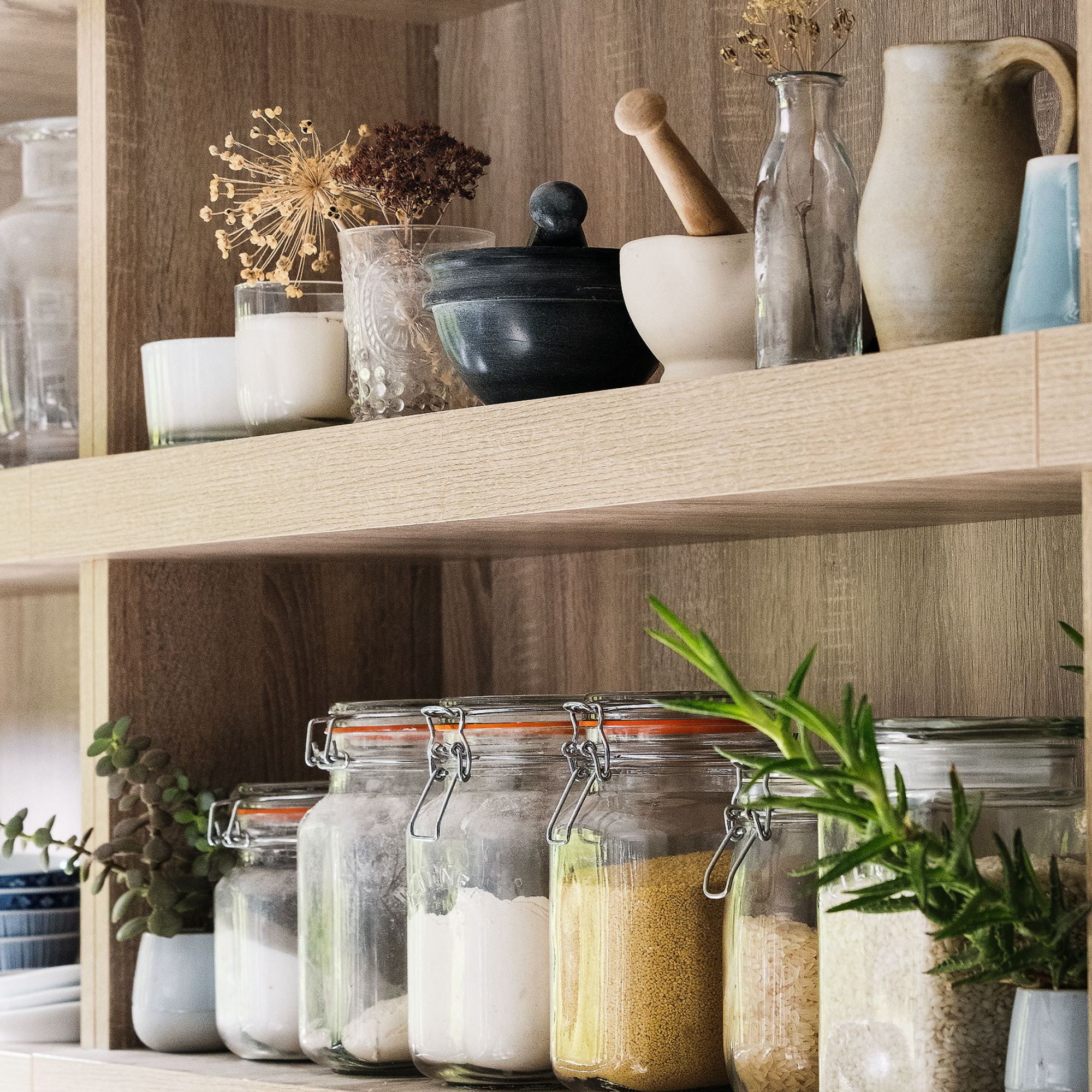
‘Yes, I’ve found that using diluted pickle juice from unsweetened pickles can really benefit acid-loving plants like hydrangeas, azaleas, and gardenias. Just a tablespoon of this juice in your watering can does wonders—they get an improvement in color and their drooping blooms revive!’ says Kasey.
The vinegar in jars of pickle is what helps acidify the soil, making it easier for your acid-loving plants to suck up all the nutrients - this is particulary helpful for growing hydrangeas which thrive in acidic conditions.
Shop plant colour enhancers
If you don't have enough food waste to perk up all your flowers, these are a few alternatives you can buy ready to go.
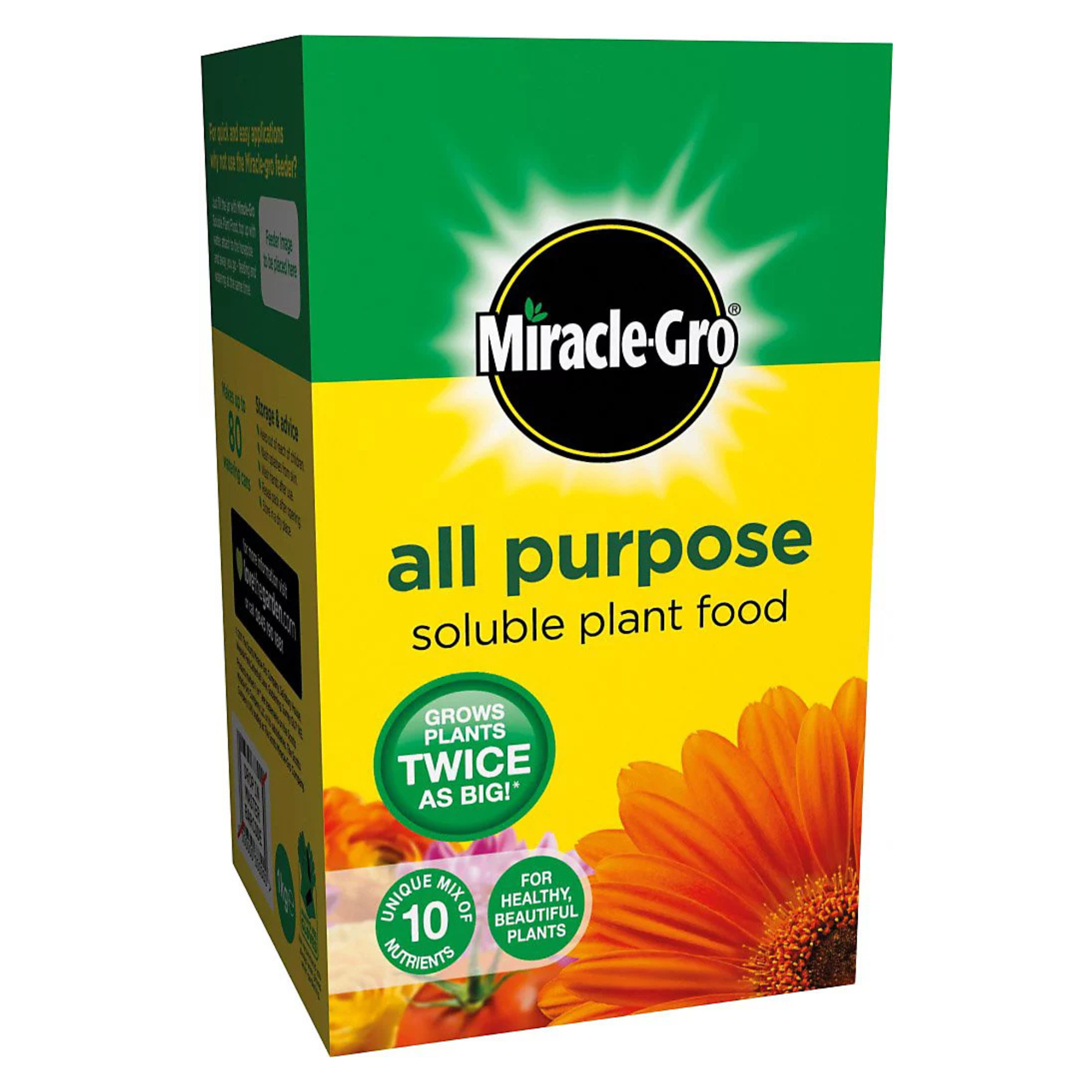
A good plant food will ensure you flowers stay happy and healthy - thus ensuring vibrant blooms in the process.
Next time you go to chuck these common kitchen scraps in your waste bin, stop and think. It may feel like rubbish to you, but for your flowering plants, it's the ultimate beauty secret!
Get the Ideal Home Newsletter
Sign up to our newsletter for style and decor inspiration, house makeovers, project advice and more.

Kezia Reynolds joined the Ideal Home team as News Writer in September 2024. After graduating from City, University of London in 2022 with a bachelor’s degree in journalism, Kezia kicked off her career spending two years working on women’s weekly magazines. She is always on the lookout for the latest home news, finding you the best deals and trends - so you don’t miss a thing!
You must confirm your public display name before commenting
Please logout and then login again, you will then be prompted to enter your display name.
-
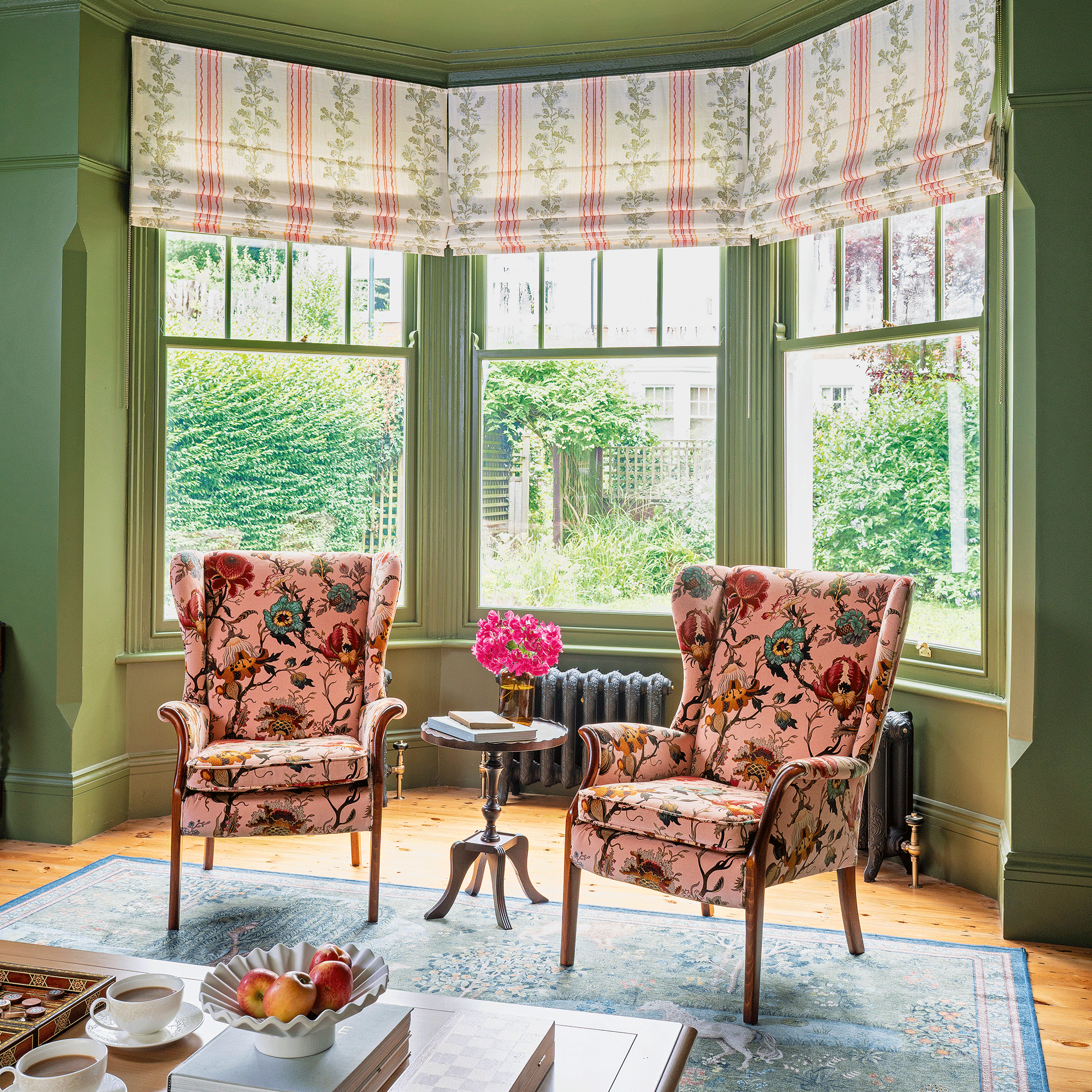 A strict colour palette and vintage finds have turned this semi-detached Edwardian house into an elegant family home
A strict colour palette and vintage finds have turned this semi-detached Edwardian house into an elegant family homeSticking to a three-colour palette of green, pink and yellow and mixing in plenty of vintage furniture and art has created an authentic period feel
By Stephanie Smith
-
 A top-to-bottom renovation has turned this Edwardian house into a lovely family home
A top-to-bottom renovation has turned this Edwardian house into a lovely family homeWith a few considered structural changes, this period house has been turned into a family home and has created a sanctuary for years to come
By Maxine Brady
-
 How to heat a conservatory
How to heat a conservatory7 practical options to consider for year-round comfort
By Amy Reeves
